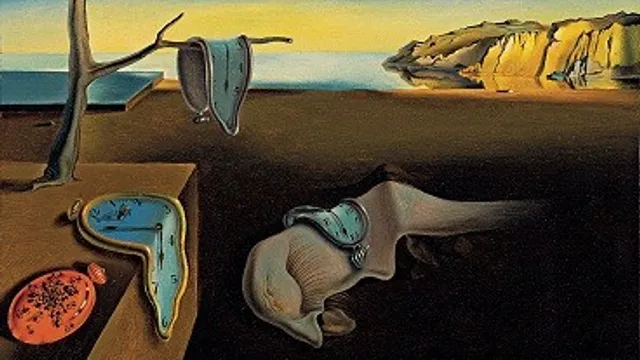Every day relativity. Time contraction in your daily commute
Audience: high-schoolundergraduate
Tags: set-theorytime-relativitymathematical-modeling
As inconvenient as traffic is, it also creates some interesting features that could be the closest, us mortals, can be to experience time relativity. In a very lose use of the concept, it's as if time expanded and dilated; we can leave 5 minutes later and arrive 10 minutes later, and also leave 10 minutes later and arrive almost on time. This is explained first by an introduction to some basic concepts of set theory, namely: injection, surjection and bijection. These serve to prove the core idea of the post, and along the way it allows to introduce briefly how the cardinality of infinite sets can be compared (as well as the counter intuitive results we get when we apply this to the natural numbers). Then, the argument is made more concrete by showing an example of mathematical modelling applied to traffic. The idea is to present it in a way that makes the reader think they could've done it themselves (although this will vary on the level of familiarity they have with math). Also, it allows to introduce the bell curve from a different perspective than the common statistical one. The post sacrifices rigour in favour of eliciting interest in the reader. The goal is to provide new perspectives, ideas, or reasons to further research the topics discussed, and let the reader find in that research the precision that's missing here.
Analytics
Comments
I liked the content a lot, but looking back, I’m not sure what’s the conclusion of the whole article. It’s not clear to me if the traffic analogy really somehow simplifies the concept of relativity, or the relativity intro is just an unrelated analogy to then focus the post on modeling traffic with a bell curve. By extension, it’s not clear if the bell curve has anything to do with relativity. If traffic and relativity are somehow related, further than just a ‘time contraction’ concept, I think it should be clarified.
PS: the first three images are not displayed nicely in dark mode, since the text is still black.
It’s a nice blogpost that builds up to a chart. It’s just that after seeing the chart it feels like the introduction was needlessly complicated with theory.
It was in interesting introduction to injection, surjection, and bijection and the time dilation aspect combined with an everyday example of a commute really made the text more engaging.
The main point of the explanation could have been clearer in the introduction.
Clear explanations, but I wasn’t really sure what the main takeaway was.
Article is well written and engaging, with a good topic.
For accessibility, some images are rendered as pngs of black lines in a black browser. (The ones from the wiki)
The bijections with infinite sets are not really relevant to the topic and distract a bit. It might be more relevant if we showed that the delay function is not biyective, but that is skipped. In fact, while it is proven that the discreet version of traffic is not biyective, it is never proven that that is the case for the continuous version.
The equivalence with relativity seems very forced: the twins leave at the same time and meet at the sime time, and one is younger. For traffic one car leaves before the other but they arrive at the same time.
It seems like there are three topics that, while presented in the article, the relationship and relevance between them are not established:
- Relativity
- Traffic being not biyective
- A modelling of traffic.
